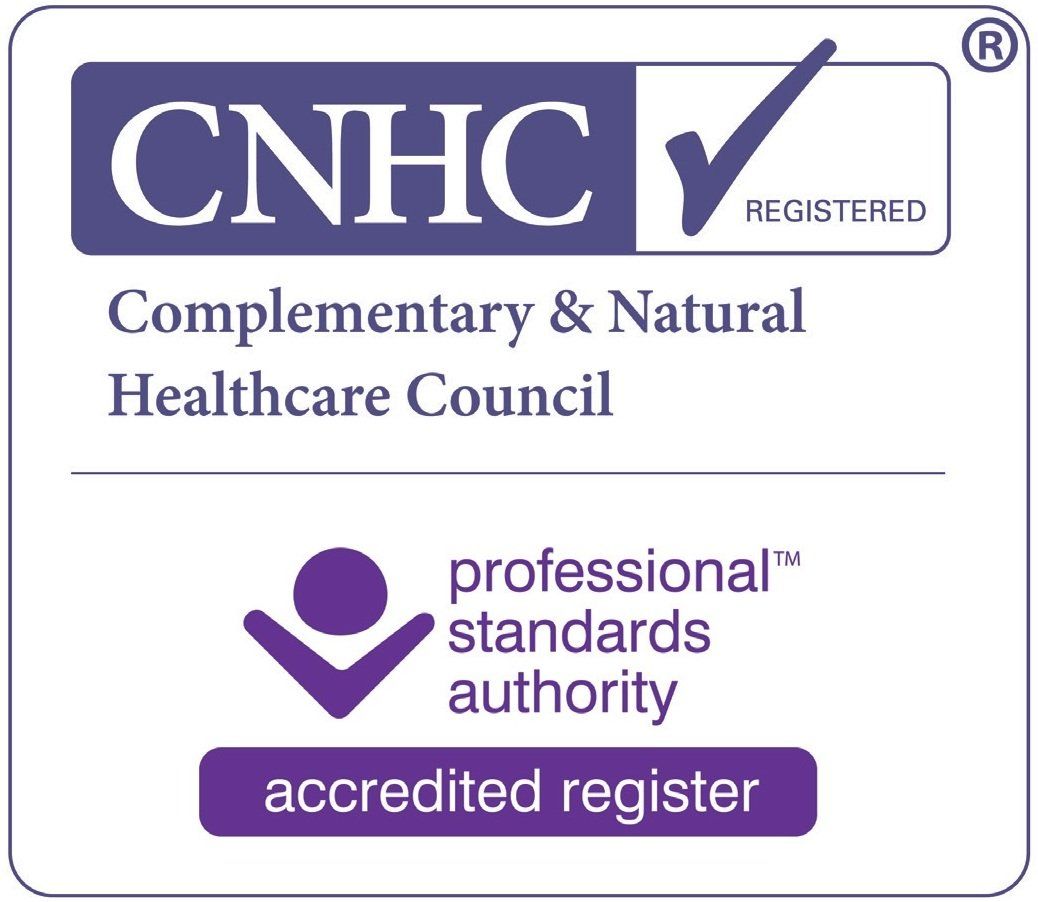If you stretch regularly, every movement you make will be easier
Stretching keeps you healthy, strong and agile. Without it, muscles will naturally shorten and become tight. Tight muscles put you at risk of joint injury, muscle and tendon strain and posture imbalances.
Generally increasing your flexibility can improve your performance and reduces the risk of injury. Stretching is routinely included in a warmup and cool down training session. However, although stretching is commonplace before and after exercise, the extent and advantage to performance is not always defined.
Whilst stretching is perceived to be beneficial, improving muscle tonicity and strength alongside stretching is also crucial for increasing flexibility. Increasing flexibility contributes to increased mobility.
Flexibility, mobility and stretching are commonly understood as interchangeable but have very different value.
- Stretching - the act of lengthening a muscle beyond its usual limit
- Flexibility - the ability to move a joint effectively through a complete range of motion
- Mobility - the function of performing movement freely and easily
The focus of stretching is to match your flexibility to the mobility required to perform an activity. Sports activities requiring increased flexibility such as dancing, gymnastics, ice skating and diving necessitate an extensive stretching culture to optimise the level of performance. In contrast, sports requiring lower levels of flexibility can still benefit from a versatile stretching regime.
The benefit of improving flexibility:
- Extends range of motion - eases movement, lessens restrictive movement patterns
- Reduces the risk of injury - lessens potential overreach injuries and strains
- Decreases tension - improves posture and coordination, helps relaxation and conserves energy, de-stresses
- Rehabilitation - maintains joint mobility and musculotendon health
Free and easy movement depends on the condition of tissues connecting and surrounding a joint. The condition of tissue also requires nourishment in the form of nutrients and hydration. Movement likewise encourages the process of joint nourishment by stimulating the connective tissues of a joint. However, poor or inadequate mobility can damage the structures of a joint.
The main structure of a joint may be prone to injury caused by deficient mobility or unstable movement patterns. Main structures include:-
- Bone, Muscle, Tendon, Ligament, Bursa, Fascia, Cartilage, Membrane
There are many ways to stretch and improve your flexibility. It is important to know when a particular stretching exercise is appropriate and the extent to which stretching is helpful and contributes to successful participation in an activity.
Types of stretching
- Static stretching - active (self administered stretch), passive (partner administrating the stretch)
- Dynamic stretching - active (extending range of motion through movement), ballistic (bouncing to extend beyond range of motion, not recommended)
- Facilitated stretching - PNF or Proprioceptive Neuromuscular Facilitation (Contract Relax, Hold Relax, Contract-Relax Contract Antagonist)
, MET’s or Muscle Energy Technique (Post-Isometric Relaxation, Reciprocal inhibition)
Static stretching is the easiest to implement and are most frequently used. Although static stretching can improve flexibility, using static stretching before an activity can temporarily slow the stretch shortening cycle of a muscle. Facilitated stretching can also produce the same effect. Static stretching is usually best placed after exercise or as part of an active rest regime.
Dynamic stretches tend to be more functional and are often used to replicate movement patterns specific to a sport or activity. Dynamic stretches are commonplace in warmups and during drills and skills training. These can be more effective at improving the elasticity of muscle and connective tissue during the stretch shortening cycle.
Facilitated stretching is generally preferred in a sports massage environment. PNF and METs are used to stretch soft tissue and mobilise joints. Facilitated stretching also used for pain relief and posture correct. These are advanced techniques, requiring knowledge of muscle and joint anatomy and physiology.
Sports massage therapy and orthopaedic massage therapy are effective treatment solutions to restore and improve the malleability of muscle and fascia, aiding joint mobility.
A combination of sports massage therapy and other mobilisation techniques are often used in clinical settings when applying treatment plans for athletes requiring:
- Injury prevention
- injury recovery
- mobility rehabilitation
- restoring mobility and maintenance
Tight muscles can lead to poor functional movement patterns (dyskinesia) which can also lead to tension, stress or injury. The sports massage therapist will test, assess and treat most musculoskeletal conditions.
In most instances relief, improvement or correction can be achieved through rehabilitation exercise and therapy. Primarily, tight and short muscles should be corrected before strengthening weak muscles. However, improving muscle tonicity may help tissue elasticity.
The sports massage studio offers treatment plans for athletes, exercise enthusiasts and occupational conditions.
Mobility is the ability to move or be moved freely and easily.
